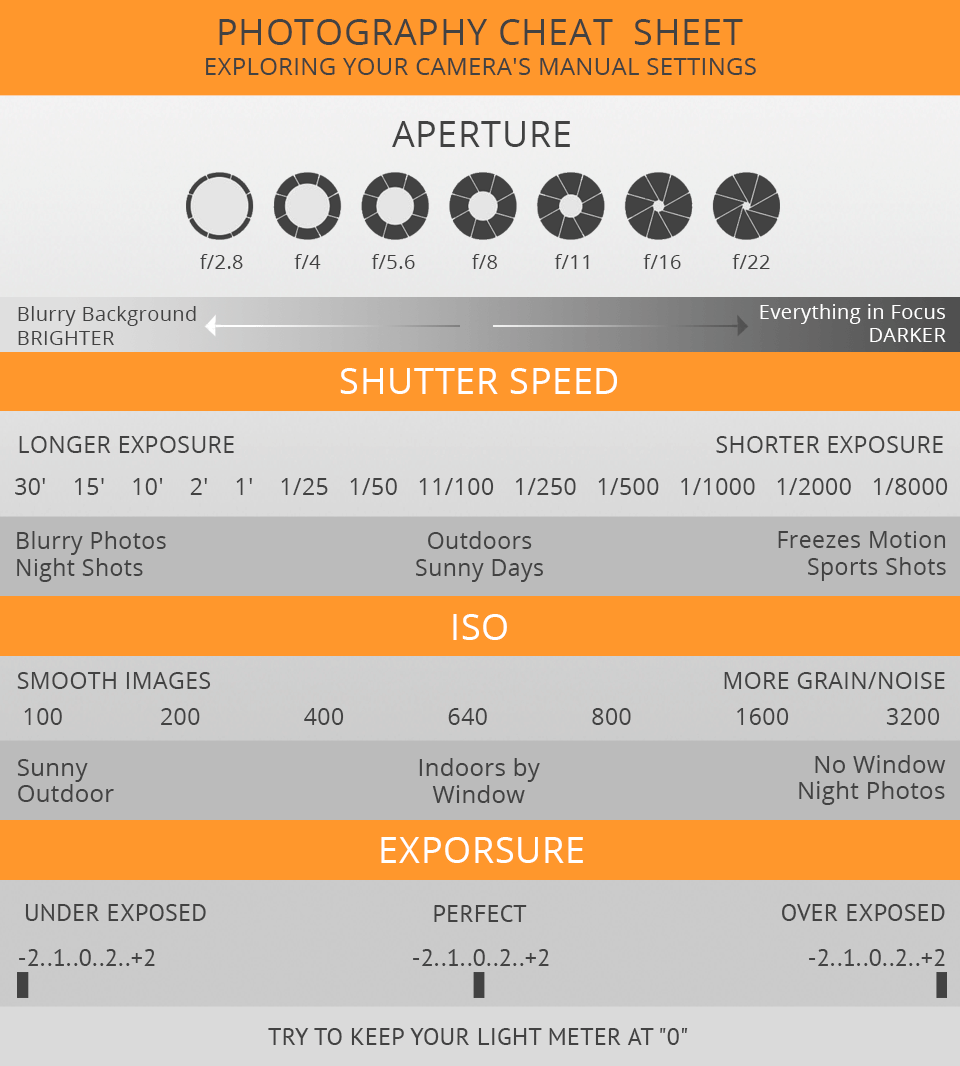What Every Professional Photographer Ought To Understand About Lighting
What Every Professional Photographer Ought To Understand About Lighting
Blog Article
Material Writer-Gillespie Olsson
As a digital photographer, you recognize that lights can make or break your images. Comprehending the subtleties of both natural and fabricated light is important for catching the state of mind and quality you go for in your job. Whether you're chasing the excellent golden hour glow or adjust your fabricated arrangements, mastering these aspects can boost your digital photography substantially. Yet there are common mistakes that numerous ignore, and identifying them can transform your strategy to every shoot. Let's discover what you could be missing out on and just how it can affect your outcomes.
Comprehending All-natural Light
Recognizing natural light is critical for any type of digital photographer aiming to improve their work. It's the structure of wonderful digital photography, influencing state of mind, tone, and clearness. When you fire outdoors, take notice of the time of day. The golden hour-- quickly after sunrise and before sundown-- offers soft, cozy light that can transform ordinary scenes right into spectacular photos.
Do not undervalue the power of overcast days. Cloud cover diffuses sunlight, producing a soft, even light that's best for pictures and macro digital photography. You'll discover shades pop in this sort of illumination without severe shadows.
Placing issues, also. Always consider your topic's positioning to the light source. If the sun's behind your topic, you might wind up with a silhouette, which can be dramatic but mightn't be what you want. On https://telegra.ph/Typical-Errors-New-Photographers-Make-And-Exactly-How-To-Avoid-Them-01-07 , direct sunlight can develop uncomplimentary shadows.
Explore angles; in some cases, transforming your perspective can produce fantastic results. Usage natural reflectors, like water or sand, to jump light onto your topic, including dimension.
Mastering Artificial Light
Understanding man-made light is crucial for professional photographers that intend to take their skills to the next level. Whether you're making use of speedlights, workshop strobes, or continual lights, recognizing how to control these resources can significantly boost your images.
Start by familiarizing on your own with the basics of light quality, direction, and shade temperature. Explore various modifiers like softboxes, umbrellas, or grids to regulate the soft qualities or cruelty of the light.
You'll find that soft light commonly produces complementary outcomes, while harsher light can add drama and deepness. Do not avoid shadows; they can boost the three-dimensionality of your topics.
Pay very close attention to the placement of your lights. A light located too near to your subject can create uncomplimentary outcomes, while also away can cause a lack of information. Use a light meter or your video camera's pie chart to ensure you're subjecting properly.
Finally, keep in mind that synthetic light can be blended with ambient light for creative impacts. Balancing these sources could take practice, but once you grasp it, your photography will genuinely shine.
Strategies for Different Circumstances
When you enter various capturing scenarios, adapting your lights strategies is vital for capturing the best images. For exterior pictures, make use of the gold hour-- morning or late afternoon light-- to soften shadows and improve complexion.
If it's an extreme lunchtime sun, take into consideration using a reflector to jump light back onto your subject or look for shaded areas for an extra also direct exposure.
In low-light situations, like interior occasions, enhance your ISO and make use of a broad aperture to allow in more light. A tripod can help get rid of video camera shake, allowing for longer direct exposures without blurring.
If you're shooting at night, experiment with off-camera flash to produce vibrant lighting and deepness in your images.
For product photography, utilize diffused lights to prevent harsh representations. Softboxes or light tents can assist achieve this effect.
When photographing landscapes, take into consideration the direction of light and time of day, as it can substantially transform the state of mind of your shot.
Constantly be ready to change your setups and positioning based on the situation, as flexibility is essential to understanding illumination in photography.
Verdict
To conclude, mastering lighting is essential to boosting your photography skills. Welcome https://www.nbcconnecticut.com/news/local/art-rich-southington-photographer-dies-of-coronavirus-family/2255590/ throughout golden hour, and do not avoid trying out man-made light strategies. By adapting your approach to different scenarios, you'll catch sensational photos that resonate with emotion and quality. Remember, the appropriate lighting can transform a regular shot into something phenomenal, so maintain exercising and fine-tuning your understanding of both all-natural and artificial light. Satisfied capturing!
